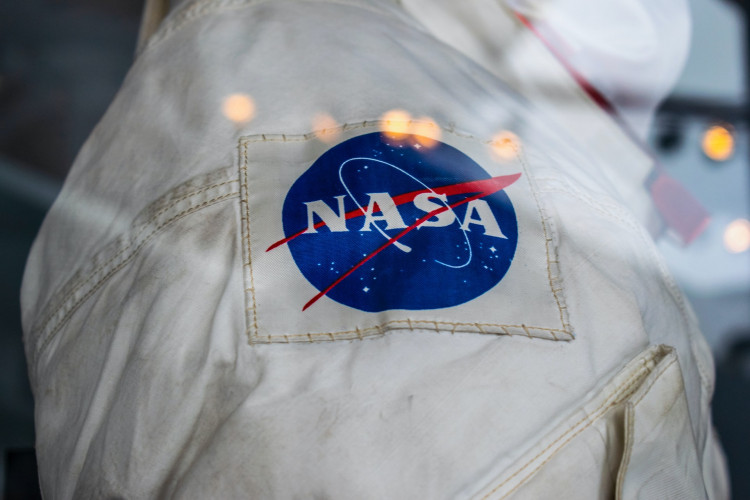According to a new report from NASA's investigative office, the agency may need more astronauts to accomplish its human spaceflight goals in the coming years.
At the moment, NASA only sends humans to the International Space Station on SpaceX's Crew Dragon capsules and Russia's Soyuz rockets. The agency's ambitious Artemis program to return humans to the moon, however, is intended to change that, with the first crewed mission scheduled for 2024. That flight is intended to be the initial stage in the development of a long-term lunar exploration program that will support future human Mars exploration.
The Office of Investigator General's new report, which analyzes how NASA manages its astronauts, says NASA is considering deploying more astronauts off-Earth - maybe more than the agency can expect to have available.
"After reaching its peak of nearly 150 astronauts in 2000, the size of the corps has diminished with the end of space shuttle missions in 2011 and now stands at 44, one of the smallest cadres of astronauts in the past 20 years," officials wrote in the report.
"As NASA enters a new era of human space flight, including returning to the moon and eventually landing humans on Mars, effective management of its astronaut corps - the people who fly its space flight missions - is critical to the agency's success."
While flying on space missions is undoubtedly the most exciting aspect of a NASA astronaut's job, NASA also sends astronauts to positions such as capsule communicators, who transmit data from mission control to space, as well as educating new astronauts and speaking with the public about NASA's work.
NASA currently has the smallest astronaut corps since the crew dwindled to less than 40 personnel in the 1970s. The current size of the corps is owing, in part, to a rise in retirements - roughly 10 per year, according to the report - around 2011, when the agency grounded its fleet of space shuttles and flight opportunities were drastically reduced.
Overall, the report expresses concern that NASA's astronaut corps, as well as funds, spacesuit supply, and rocket production, may join the list of constraints on future missions. These variables might potentially result in disruptive crew reorganizations, extended training periods, or mission delays if not addressed, according to the report's astronaut recommendations.
The report suggested that the agency build up its information management system for data including astronaut demographics and skills to better expedite the assignment process, in addition to raising concerns regarding astronaut quantity and training timelines.





